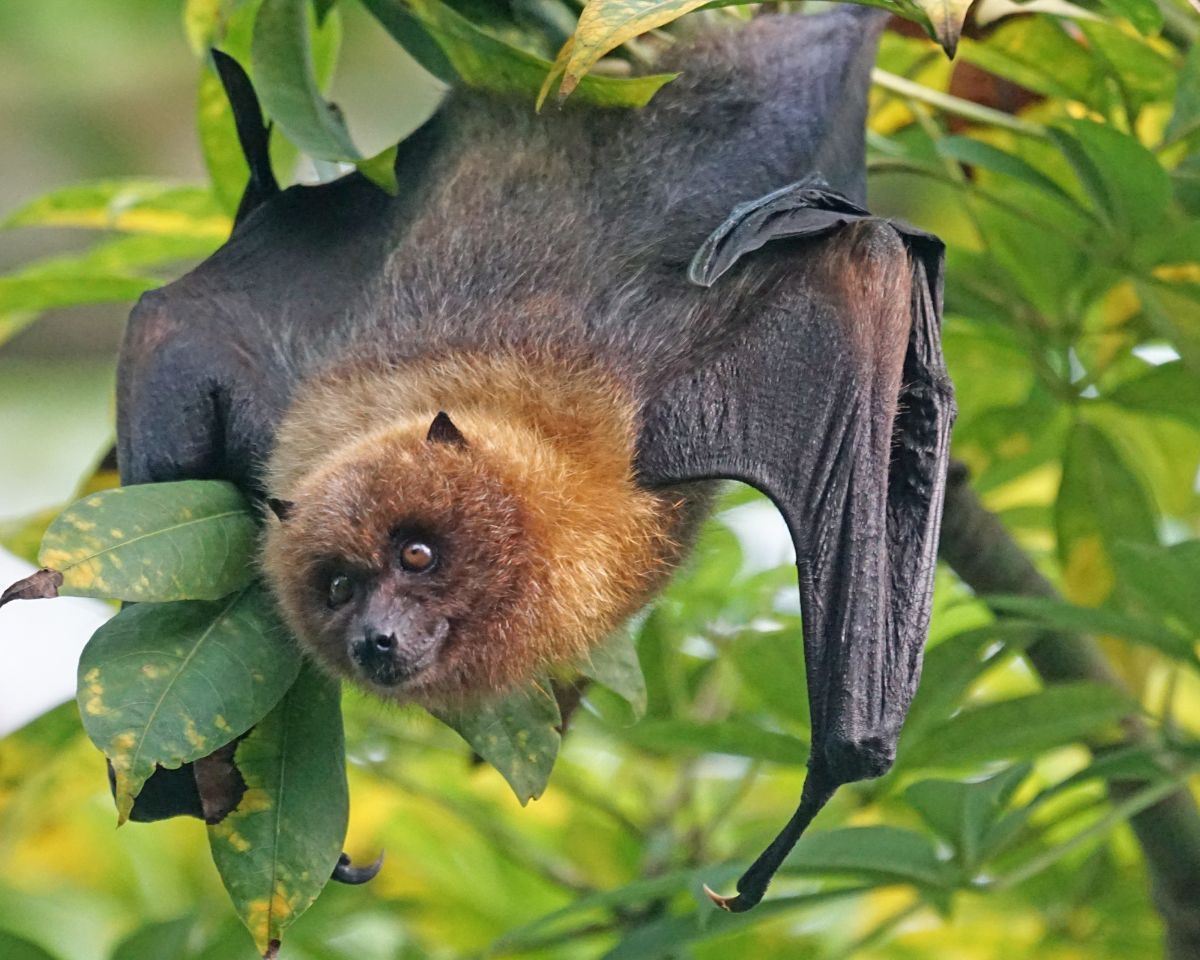Bat Habitats
Forests
Forests provide essential habitats to a large percentage of the world’s bat species, including fruit-eating bats, insect-eating bats, and even blood-feeding bats. The forest habitat can be further subdivided into tropical rainforests and temperate forests.
Tropical RainforestsTemperate forests, situated in both the Northern and Southern hemispheres, host a diverse range of bat Tropical rainforests are home to the greatest bat biodiversity in the world. These dense forests, found near the Earth’s equator, offer a virtually unlimited supply of food and shelter for countless bat species. The ample fruit and flower resources in these forests also support numerous fruit-eating bat species, often called flying foxes. Some species found in tropical rainforests include the straw-colored fruit bat, hammer-headed bat, and the long-tongued nectar bat.
Temperate ForestsTemperate forests, situated in both the Northern and Southern hemispheres, host a diverse range of bat species. Unlike tropical rainforests, the temperate forest ecosystems are not as biodiverse, but they still support various species of bats that roost in tree hollows or foliage. Bats like the big brown bat, eastern red bat, and hoary bat are common in North American temperate forests, while European forests often house species like the greater horseshoe bat and the common pipistrelle.
Caves and MinesCaves and mines are suitable habitats for bats, as they provide a stable environment with constant temperature and humidity. These conditions are perfect for hibernation during the colder months and for birthing pups during the warmer months. Cave-dwelling bats, such as the gray bat and the Mexican free-tailed bat, can be found in large colonies, often numbering in the thousands.
Wetlands
Wetlands, which include marshes, swamps, and bogs, are home to various species of bats. These areas offer an abundance of insects, which serve as a primary food source for many bats. Species such as the evening bat, the northern long-eared bat, and the tricolored bat can be found in wetland habitats.
Grasslands and Agricultural Areas
Grasslands and agricultural areas provide vital habitats for numerous bat species, including insectivorous bats that help control the population of crop-damaging insects. Bats like the pallid bat, Brazilian free-tailed bat, and spotted bat can often be found hovering above fields and pastures, feasting on insects to sustain themselves and simultaneously benefiting farmers by reducing the need for pesticides.
Urban and Suburban Environments
Surprisingly, some bat species have adapted to thrive in urban and suburban environments. Buildings, bridges, and parks can all provide roosting sites for these adaptable creatures. The little brown bat, Yuma myotis, and the big brown bat are all examples of species that can be found living close to human populations.
Islands
Island ecosystems provide unique habitats for both endemic and migratory bat species. Due to the isolation of many islands, some bat species have evolved to be distinct from their mainland relatives. Notably, the flying foxes of the Indian and Pacific Ocean islands are very diverse and display a wide range of adaptations. The Seychelles fruit bat and the Fijian blossom bat are just two examples of island-dwelling bat species.
In summary, bats occupy a vast array of habitats across the world, showcasing their remarkable ability to adapt to different environments. Their presence is vital for maintaining ecosystem balance, pollination, and insect control. By understanding and protecting these habitats, we can help ensure the continued survival and success of these remarkable creatures.
Roosting Preferences

Roosting refers to the behavior of some animals, including bats, to settle or rest in a particular area, often known as a roost. Bats exhibit various roosting preferences which depend on factors such as the species, time of day, breeding status, and environmental conditions. This article delves into the different types of roosting preferences for bats, including day roosts, night roosts, maternity roosts, and hibernation roosts.









